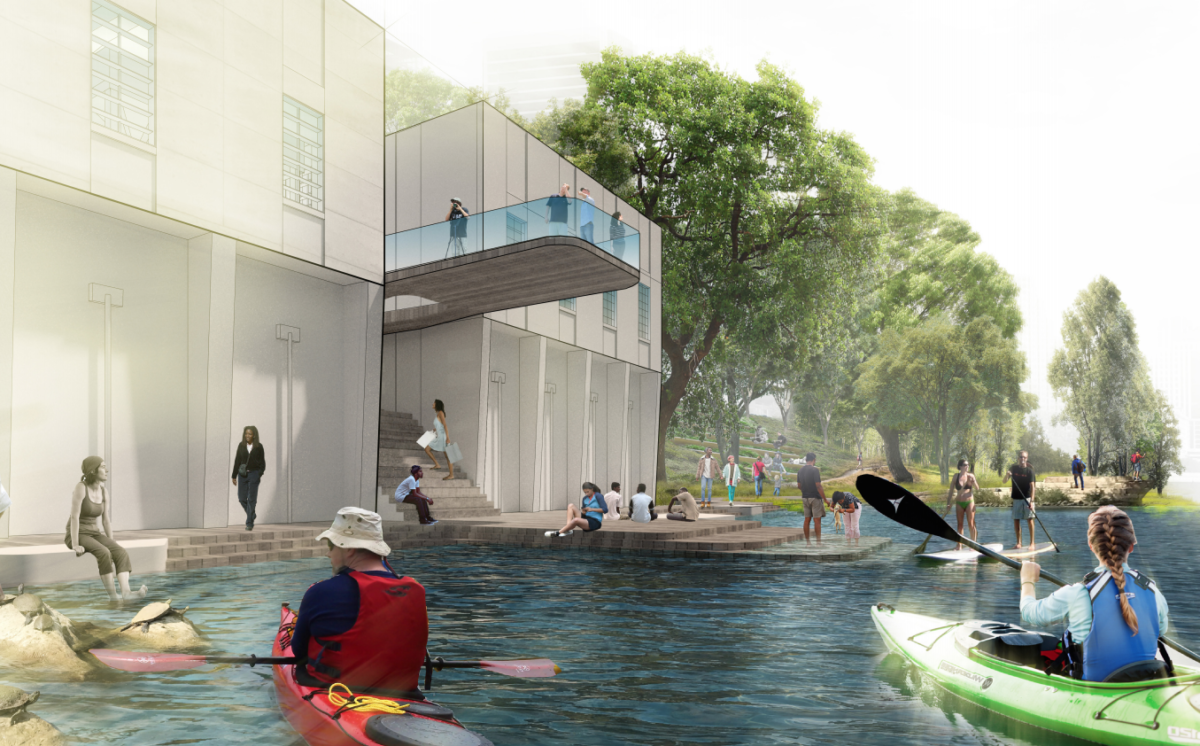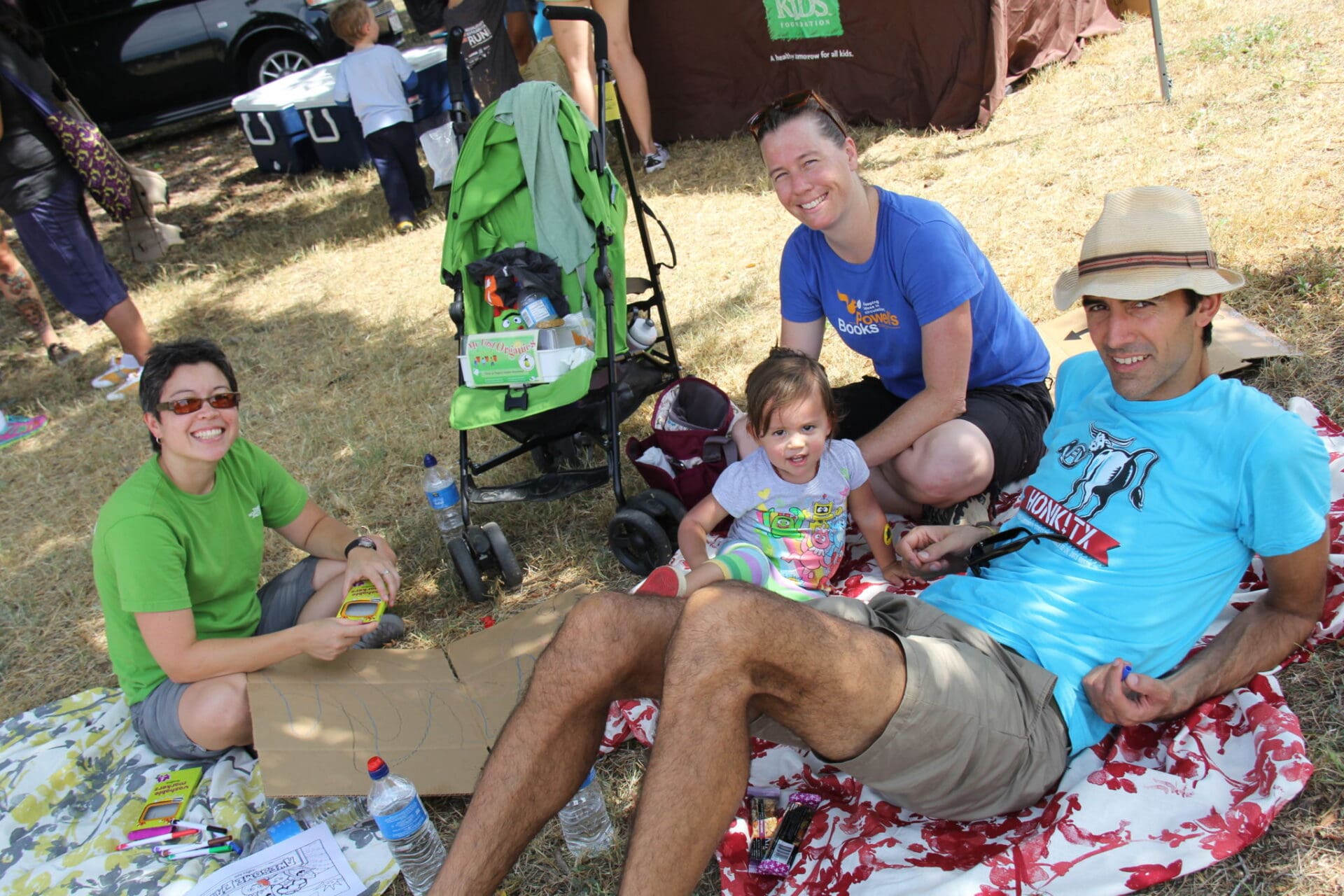Austin Parks Foundation, The Trail Foundation, and the Parks And Recreation Department Reveal Findings From Studio Gang Programming and Implementation Study for Seaholm Waterfront


Architecture and Urban Design Firm’s In-Depth Study Shows Potential Concepts for the Decommissioned Seaholm Intake Building
AUSTIN, TX (June 4, 2018)– Austin Parks Foundation (APF), The Trail Foundation (TTF), and the City of Austin Parks and Recreation Department (PARD) announced today the results and recommendations of the planning study for the future of the historic Seaholm Intake structure and its surrounding parkland completed by internationally recognized architecture and urban design practice Studio Gang. The Seaholm Waterfront study reveals a series of potential concepts to improve the park and repurpose the decommissioned Seaholm Intake structures for public use and recreation.
“We are excited to present the study results and our recommendation to the community,” said Colin Wallis, CEO of Austin Parks Foundation. “Turning this historic building and underutilized park space into a usable and welcoming public amenity for our whole community to enjoy will be a big win for Austin.”
“We’re thrilled to reach this stage in the process of bringing the Seaholm area to its full potential,” says Heidi Anderson, executive director of The Trail Foundation. “This is such an important space and landmark along the Ann and Roy Butler Hike-and-Bike Trail, and as evidenced by our public input efforts, thousands of people are interested in and care about ensuring the greatest possible benefit for all.”
The study’s goal was to develop a highly adaptable, long-range, and sustainable vision for the historic Seaholm Intake structure and underutilized surrounding parkland. Work on early phases, including safety requirements and code compliance improvements, could begin in the near future, while the other phases and amenities would be built out in the coming years.
Completed over a period of months, the study included extensive site research, a review of past planning and design efforts, sustained engagement with the community through more than forty workshops and open houses, and more than 1,000 online survey responses.
“Our study offers ways to knit together the historic architecture and rich ecological context of the waterfront and trails to better serve the Austin community,” said Jeanne Gang, founding principal of Studio Gang. “We are thrilled to share our findings, developed in partnership with the city and its citizens.”
The design concept recommended by the APF, TTF, and PARD incorporates various elements from all three options presented by Studio Gang to open up the expansive interior while maintaining the historic character of the structure. Strategic design interventions transform the building and surrounding parkland into a flexible and accessible public space that can be used for day-to-day activities, events, and community gatherings. To support these new functions, the proposed design includes landscape improvements to the surrounding parkland to create a flexible lawn space, supplemented by an event pavilion, amenity porch, multiple water access points, trail improvements, and an outdoor amphitheater. Several important principles guided the planning process and design recommendations, including embracing and preserving the historic integrity of the building, engaging with the local community and experts, restoring and diversifying the ecology in the area, and building sustainable principles into the design and operational models.
“The Parks Department is looking forward to the public having an opportunity to see the study’s vision and recommendations for Seaholm Waterfront District,” said PARD Acting Director Kimberly McNeeley. “This parkland contributes an incredible opportunity to provide new recreational uses for both Austin residents and visitors.”
The plan will be presented this summer to various city commissions and boards.
Originally constructed in conjunction with the Seaholm Power Plant in the 1950s, the Seaholm Intake structure was decommissioned and dedicated as parkland when the power plant was no longer needed to provide power to the City of Austin. Today, the building and parkland represent a unique opportunity to create a vibrant recreational and publicly accessible destination.
Austin Parks Foundation and The Trail Foundation fully funded this study in the amount of $450,000. For more information about the project, please visit www.austintexas.gov/seaholmwaterfront.
ABOUT AUSTIN PARKS FOUNDATION:
Austin Parks Foundation (APF) is dedicated to partnering with our community to enhance people’s lives by making our public parks, trails, and green spaces better through volunteerism, innovative programming, advocacy, and financial support. A non-profit established in 1992, APF fills the city’s funding and resource gap in order to develop, maintain, and enhance the area’s 300+ parks, trails, and green spaces. APF fosters innovative public/private partnerships and since 2006, has given over $2.5 million in community-initiated grants in service to the greater Austin community. APF is known for its annual flagship volunteer event, It’s My Park Day, and is a presenting partner and beneficiary of the popular Austin City Limits Music Festival at Zilker Metropolitan Park. For more information, please visit www.austinparks.org.
ABOUT THE CITY OF AUSTIN PARKS AND RECREATION DEPARTMENT:
The Austin Parks and Recreation Department is an award-winning park system with more than 300 parks, 227 miles of trails, and more than 20,000 acres of green space. The Department serves the public by providing, protecting, and preserving a park system that promotes quality recreational, cultural, and outdoor experiences. The Austin Parks and Recreation Department offers an essential public service and demonstrates economic value, health, and environmental benefits as well as social importance by improving the overall quality of life for Austin residents and visitors. For more information, visit www.austintexas.gov/parks.
ABOUT THE TRAIL FOUNDATION:
Celebrating its 15th anniversary this year, The Trail Foundation’s mission is to protect and enhance the Ann and Roy Butler Hike-and-Bike Trail at Lady Bird Lake, the 10-mile lush, urban path in the heart of Austin that gets more than 2.6 million visits every year. Since its founding, The Trail Foundation has achieved restoration and beautification projects to the trail’s infrastructure and environment while honoring the original vision of the trail’s founders and ensuring its vibrancy for generations to come. www.thetrailfoundation.org
ABOUT STUDIO GANG:
Founded by MacArthur Fellow Jeanne Gang, Studio Gang is an architecture and urban design practice with offices in Chicago, New York, and San Francisco. The Studio is recognized internationally for a design process that foregrounds the relationships between individuals, communities, and environments. Its award-winning work ranges in scale from the 82-story Aqua Tower to the 14-acre Nature Boardwalk at Chicago’s Lincoln Park Zoo. Recent projects include a concept to transform six miles of the Mississippi River in Memphis, Tennessee, into a signature network of civic spaces; the transformation of a 91-acre former airfield into a public park at Northerly Island in Chicago; and Civic Commons, a national initiative to foster civic engagement, economic opportunity, and environmental sustainability by analyzing and reimagining cities’ public assets. The Studio’s Urbanism and Civic Impact practice, led by Principal Gia Biagi, works to understand, contextualize, and respond to challenges faced by communities, cities, governments, markets, and others within the urban ecosystem. The practice blends authentic community engagement, a commitment to socioeconomic justice, and deep planning and design expertise to make new solutions possible.
Categories
Sign Up for Our Newsletter:
Newsletter
The Trail Conservancy is a non-profit, tax-exempt charitable organization under Section 501(c)(3) of the Internal Revenue Code. Tax ID: 87-0699956.



